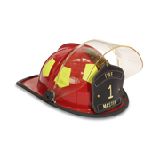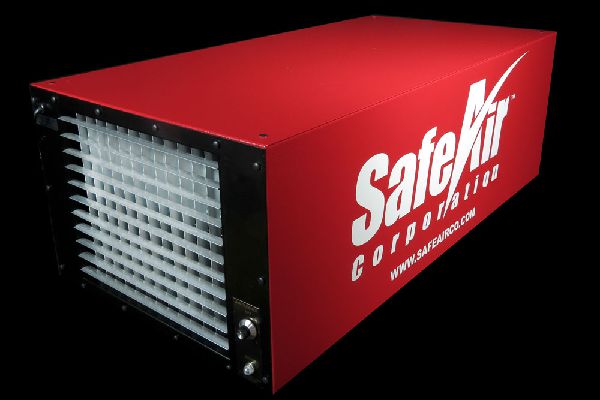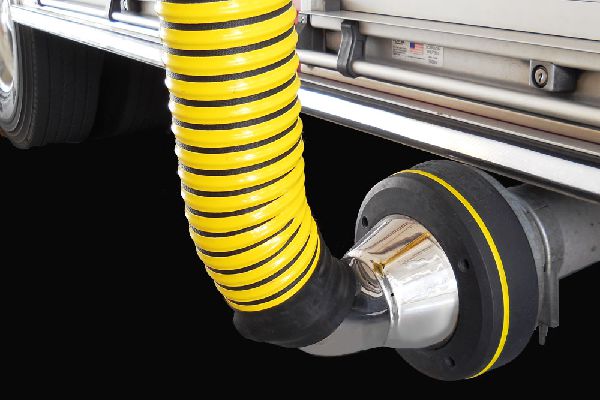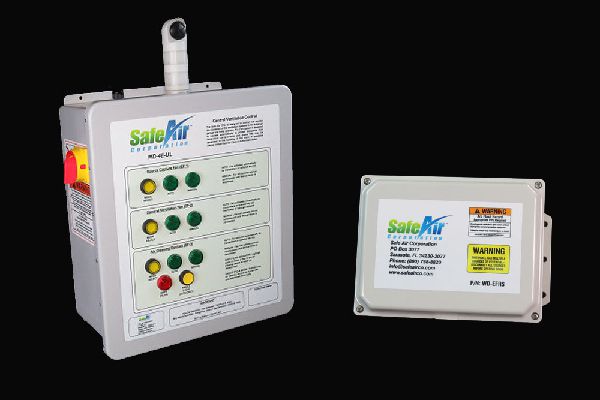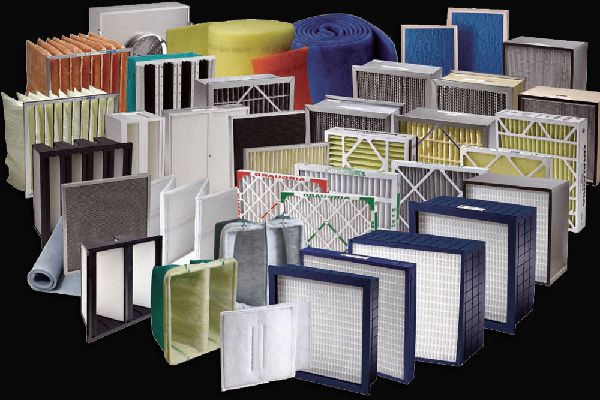
Read What the Experts Have to Say About Firestation Ventilation and Exhaust Extraction
An Increased Cancer Risk for Firefighters has been linked to the cancer causing agents contained in Diesel Exhaust.
“The International Mechanical Code, which serves as a guide for state building codes, requires that all toxic emissions from diesel exhaust be eliminated for the protection of those who occupy the premises.”
“Researchers have found that more than two-thirds of firefighters (68%) develop cancer. This excess cancer mortality and incidence was comprised mainly of digestive and respiratory cancers.”
